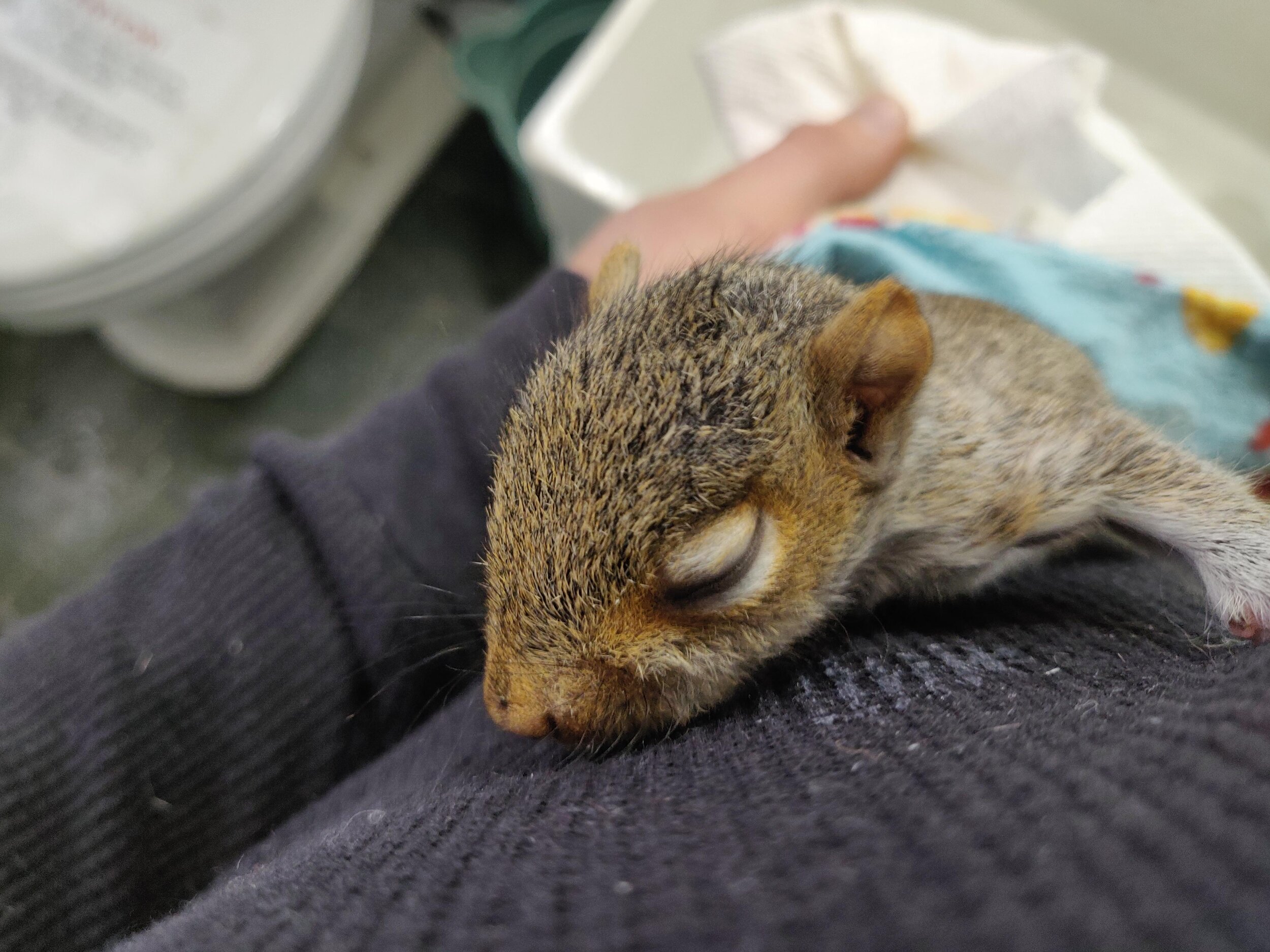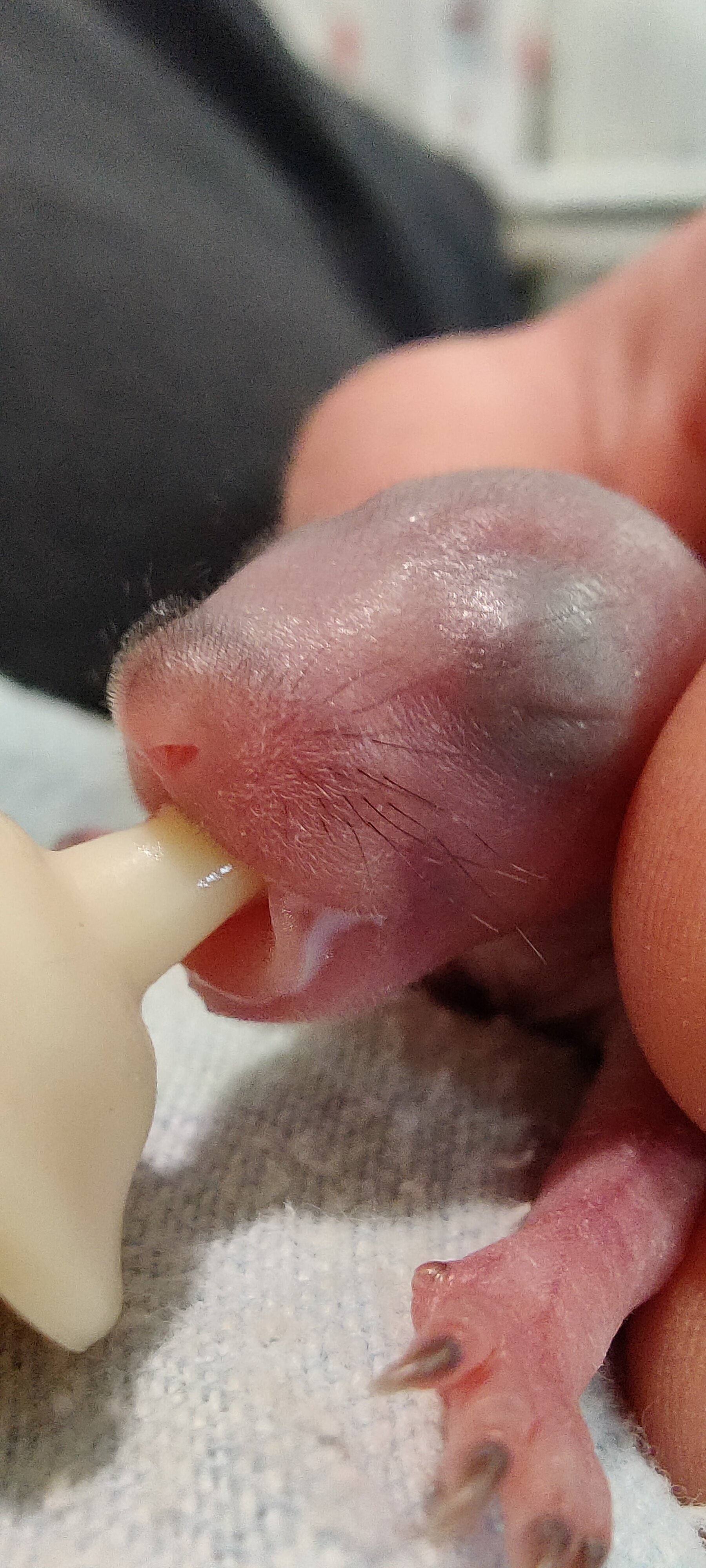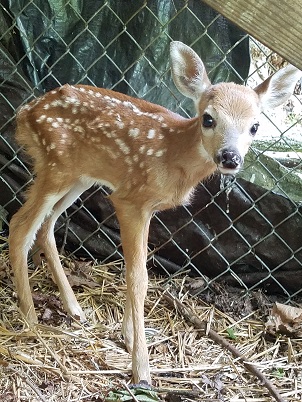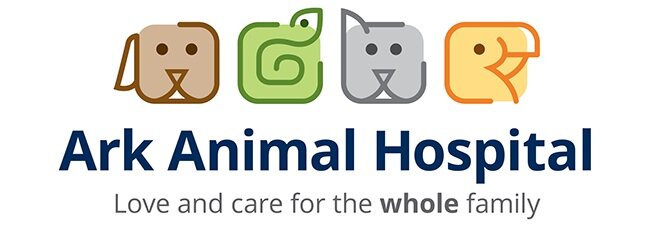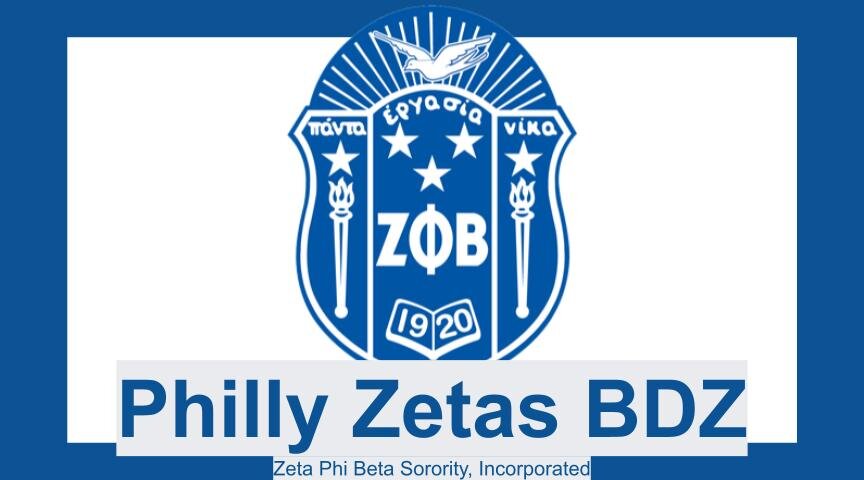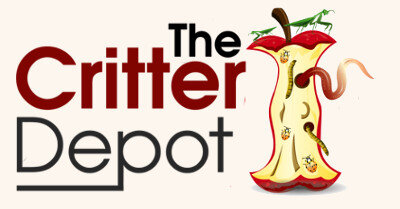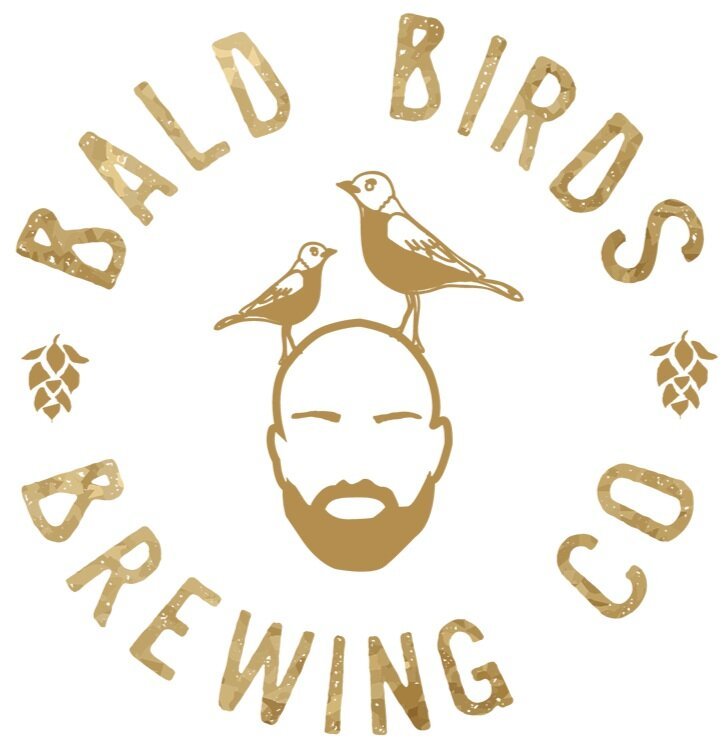If you see a wild animal in distress, call us before you take any action. This has always been our policy - but is especially important in this context (for the health of all wildlife and humans involved).
Mom isn't coming back (rabbit edition)
Mom isn't coming back (bird edition)
This baby is so cute - can I keep it?!?!?!
Baby squirrels
Woodchucks emerging from hibernation
Fox with mange
I found a baby raccoon
I found a baby deer
If you find a baby fawn, leave it be. Never move it or feed it milk. If you have a concern about its well-being, call us first (267) 416-9453.
I found a baby rabbit
I found a baby bird
I found a bird caught on lanternfly tape or a sticky trap
I found a hawk/raptor - is it a fledgling?
I found a fawn/baby deer
Spotted Lanternfly Tape Harms Wildlife
Red-bellied Woodpecker
Lanternfly tape has a devastating affect on wildlife (birds, bats, flying squirrels, etc.). If you find an animal on tape, do not attempt to remove it. Cut the tape from the tree and apply paper towel to the rest of the exposed tape so the animal does not get further attached. Place the animal, tape, and all in a cardboard box and bring it to us.
If you insist on using sticky tape, wrap it with hardware cloth to prevent harming other wildlife. See our feature on primetime news about lanternflies and wildlife (below) and a video we created about our solution (bottom).
How to help baby birds
-IMPORTANT-
This is the time baby birds are at highest risk of "KIDNAPPING" by humans who assume the bird is orphaned. If the bird is not obviously injured, leave it alone. It is crucial to keep kids and pets away to allow the baby bird to develop naturally.
STOP AND OBSERVE. Crucial decision point:
A brand new NESTLING
FLEDGLING
NESTLINGS: A nestling is a naked (or very few-feathered) baby bird, that is fuzzy, and cannot stand or hop. Nestlings are comparable to human newborns and should be in the nest with their parents. If you find a nestling out of the nest, uninjured, gently return it to the nest when possible. You can always call us for guidance (267) 416-9453. Parents will NOT reject babies due to human contact! If you cannot find the nest, bring the nestling to us immediately.
FLEDGLINGS: Fledglings have all their feathers, but still appear fuzzy and "babyish". They stand, hop, and jump from the nest prior to independent flight. They learn to fly from the ground up, not from the nest down. Even if unseen, the parents return every few minutes to feed the fledgling. So, don’t interfere with fledglings.
If a fledgling is in a dangerous place - for instance, where he might get stepped on, he can be gently picked up and placed under a nearby bush. Only move it a short distance because his parents will return shortly for the next feeding and must be able to locate it.
IMPORTANT: Never feed a baby bird. Birds have a hole in their tongue that goes right to their lungs. The wrong type of food can quickly kill a baby bird.
Nestling (left), Fledgling (right)
Now Showing: Baby Squirrels
Eastern Grey Squirrels can breed twice a year. Metro Wildlife recently admitted the some babies from the second litter.
If you happen upon a baby, the best outcome will result from a reunion with its mother. We always encourage people to facilitate this “non-intervention” whenever possible.
We recently received a call involving a tree removal which evicted the babies from their home. After talking the homeowner through the process, the mother was able to recover the youngsters and replace them into a secondary nest.
After decades at this game, our advice is this:
OBVIOUS INJURY
1) If you see blood, flies, or the squirrel was attacked by a pet, bring it in.
-or-
NO EVIDENT INJURY
1) Place the baby(s) in a small fleece-lined container and place it next to the nearest tree.
2) Wait OUT OF SIGHT for an hour or two, then return to see if the mother retrieved the babies.
3) If the mom doesn’t return, bring the babies to the Philadelphia Metro Wildlife Center.
DO NOT GIVE THE BABY SQUIRREL FOOD OR WATER. We must restore the squirrels to a stable temperature and level of hydration before they can eat. Improper feeding can cause irreversible damage.
Mamma Snapping Turtles Lay Their Eggs
Today in the Philadelphia region, a remarkable natural wonder is unfolding; Snapping Turtle mammas are walking miles from their aquatic habitat across land to find a spot to lay their eggs. You may observe them along their journey as they cross streets, parking lots, and yards. The following day, the mothers will depart on their return trip. In a few weeks, the eggs will hatch and the baby turtles will make their way to water.
If you are lucky enough to observe any part of this process, please do not disturb the mother or her eggs.
Isolated Baby Deer - Leave them be
In May and June, fawns are born. At that time, people often encounter baby fawns all on their own, seemingly abandoned (in their flower bed, under a tree, or on a hiking trail). This is normal. The mother deer did not abandon her offspring. Mother deer often have twins and separate them. She will "park" each baby in a spot she chooses and encourage it to stay there. Then, she'll leave for most of the day. The theory is that the babies are safer alone. A mother’s size and odor might attract predators.
The baby is conditioned to stay very still, with its white spots providing camouflage. So, if you see a baby deer alone - even a brand new, tiny newborn - let it be. Keep children and pets away. Mom will return to feed the baby at regular intervals. She may move him tomorrow, or she may keep him there.
However, if a baby deer is crying inconsolably, has feces around its rectum, or flies around it, it needs help. Call us (267) 416-9453.
Feeding injured and baby wildlife
If you find yourself in a situation that brings you in contact with hurt or baby wildlife, remember that these are sensitive beings. They have highly specialized diets that, if deviated from, will cause harm or death. Their feeding methods are also very developed and complex. For instance, it is difficult to feed a baby bunny without accidentally introducing food into its lungs, hurting or killing it.
Please do not attempt to feed or care for wild animals yourself. Please rely on our professionalism and expertise gained over 30 years in the field (267) 416-9453.






